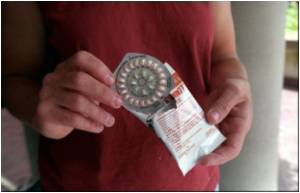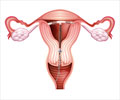The Contraceptive Implant Training Tool Kit helps train global health providers to inject and also remove the contraceptive implants more skillfully.

Undergraduate students at John Hopkins University have created a training kit for global health providers to learn how to do these injections and make contraception more effective.
The Contraceptive Implant Training Tool Kit (CITT Kit) includes two training models: a model arm that can be used for injection training and a wrap band that can be worn by another person over their arm for a more realistic experience.
The students used silicone layers of different densities to more closely represent the physiology of skin, fat and muscle in a human arm. The kit also provides navigational landmarks to help identify and remember where exactly the injection needs to happen.
The silicone layers can be replaced with new materials once the material is damaged to continue training with other clinicians.
“The student inventors came up with a novel and exciting idea of using replaceable training pods,” said Ricky Lu, technical director for reproductive health and family planning at Jhpiego, a nonprofit Johns Hopkins University affiliate.
Advertisement
“These pods have placebo implants embedded to simulate a range of removal challenges, from easy pop-outs to deeply located and adherent implants requiring additional skills to extract them. This is critical to have in clinical training where removal cases for practice may be limited during a short training course,” said Lu.
Advertisement











